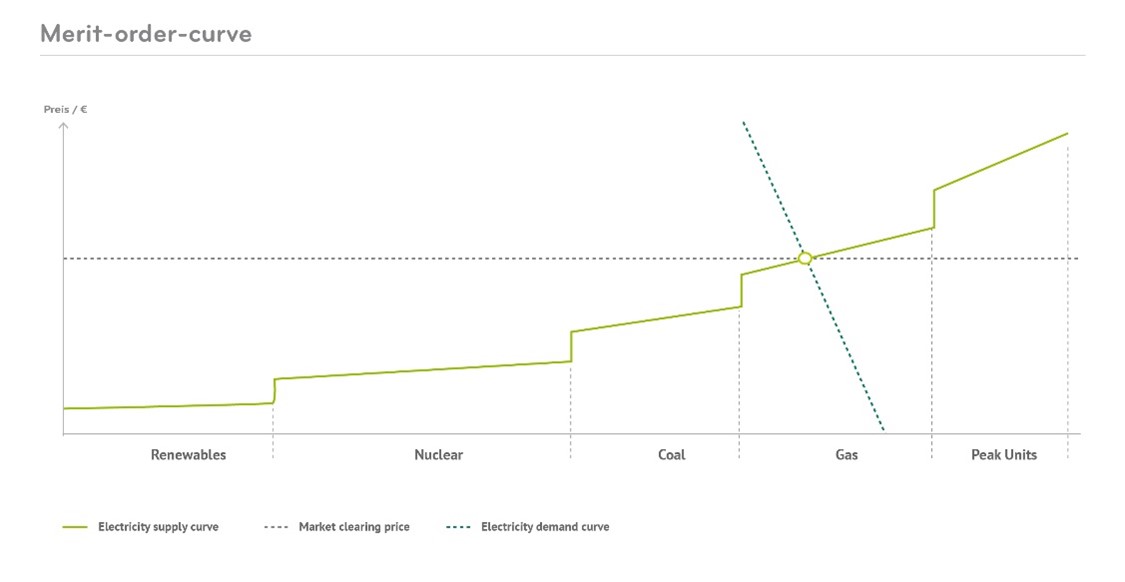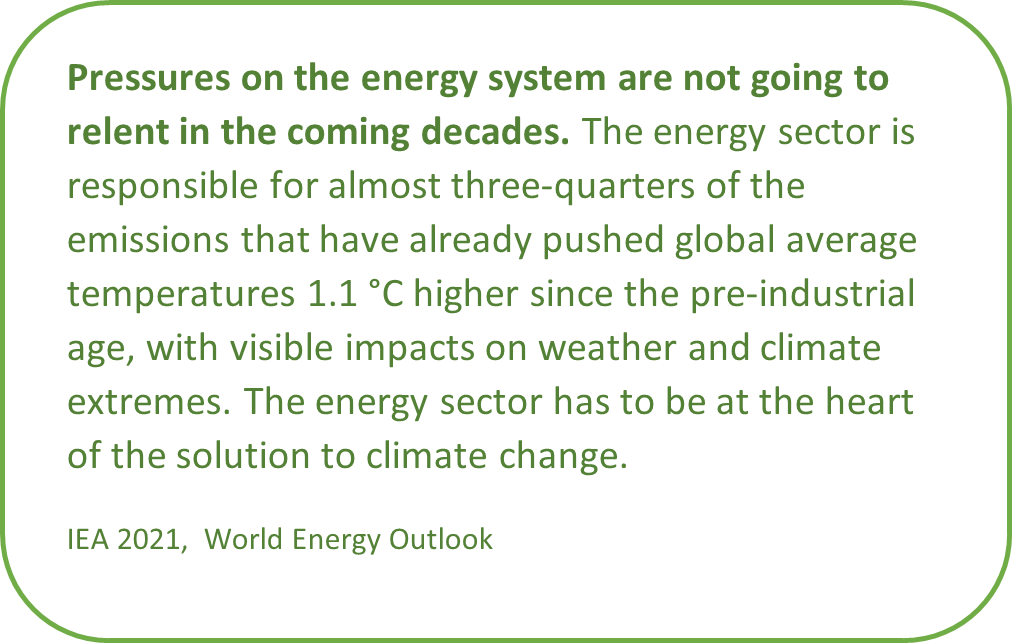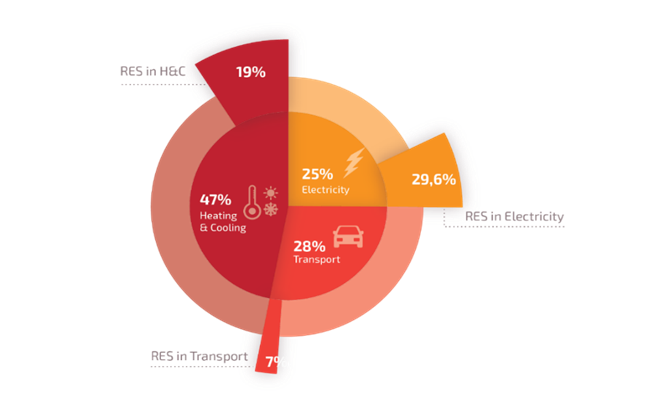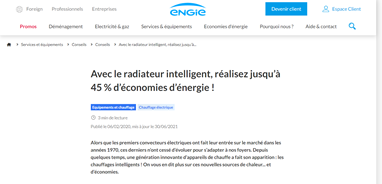On the energy panorama, the media focus over the last weeks has been on the so-called energy prices crisis and on COP26. While the latter is the one catching more attention currently, the fact is that the two topics are strongly interrelated.
It has been often referred that this was a perfect storm, explaining it with the combined effect of a cold winter that increased demand and depleted gas storage, increased consumption related to growing economic activity, or the reduced supply from Russia, allegedly due to technical reasons, etc.
Several experts concur that the low supply level from Russia is intentional, the same explaining their low gas storage levels. But these only served as a reminder of how our energy sector is dependent on gas, not only for energy supply but also for energy price setting.
The impact of gas comes from the way wholesale power prices are defined. Not getting into details, we can just summarise that the price is defined by the most expensive energy used. This means that power from wind turbines is not bought at the wholesale price they pledge (for instance, 50 EUR/MWh) but rather at the price of the last supply contract (let’s say 100 EUR/MWh), which is usually gas.

Representation of the merit-order curve. Source: next
So, those selling low-cost renewable electricity benefit largely from this higher price. And who are they? Mostly the same ones that operate the gas power plants, i.e., large power utilities.
It is true that, in some countries, small utilities were not able to cope with the price spike and have gone down. But larger utilities have a lot at stake, today and in the future, on the way this crisis is managed, namely regarding the reliance on gas to manage the variability of wind and solar photovoltaics.
Therefore, the way the wholesale power prices are defined needs to be revised, in order to better reflect the lower costs provided by renewable solutions but also to shield the system from speculation related to a specific energy source. This is a complex process, namely considering the influence of utilities in the regulatory process but also the fact that the effect this change would have on their balance sheets could be ruinous.
Looking, for instance, at the case of Spain, the average day-ahead wholesale prices have jumped from around €30/MWh in February to €200/MWh in October.
And why should we look at Spain in particular? Well, first because the Spanish Environment Minister, Teresa Rivera, asked the European Commission to revise the marginal price system.
But Spain is also the country in Europe that has, proportionally, incurred the highest costs with feed-in-tariffs for renewables. These have created huge costs for the Spanish energy system and have created unfair competition between renewable energy sources, benefiting widely solar PV and wind.
And who benefitted the most from these high feed-in-tariffs (FiT)? Power utilities, that have increased largely their generation capacity with PV plants and wind parks under this FiT regime. And they benefitted also from their impact on capacity markets. These are also the same utilities that rely on the dependency from gas power plants to push up wholesale power prices.

Is this a rant against utilities? Not necessarily. Power utilities are essential to the energy system and essential to the energy transition. And there are also some positive examples. I’d say that this is rather an awakening call about their power, influence, and motivations.
Let’s proceed. We have looked at the supply side. But the price definition is dependent on both, supply and demand levels. Let’s now look into the demand side. Power utilities are pushing strongly for the electrification of everything. And while some time ago the call was for efficient electrification, that message got conveniently simplified to just “electrification”.
Let’s make it clear: Electrification is needed, it is happening and shall continue to happen. But it is not the only solution we need. And it is critical that it is done with efficient solutions and with renewable energy. Otherwise, what is the point of increasing our reliance on electricity if it doesn’t become cleaner?
RES-electricity represents 30% of all the power supply. But power represents only a quarter of all energy demand in Europe. So, while over two-thirds of our power generation is not renewable, we see this continuous push for electrifying the heating and transport sectors.

EU Final Energy Demand. Source: RHC-ETIP
We need to reduce both our dependency on gas imports and on fossil-fuel based electricity. This means that, for the heating sector, we need to promote further renewable heating solutions.
These renewable heat solutions include solar heat, as well as heat pumps.
But one may ask: aren’t heat pumps contributing to the electrification of heat? Yes, as part of the efficient electrification of heat. Heat pumps are a valid solution to take into account. Still, we need to differentiate between the many different products in the market. There are good heat pumps with high Coefficients of Performance, COP (4 or above), such as ground source heat pumps. But these are a small share of the market. A large number of heat pump units in the market have very low COP, even below 2, which is common, for instance, for heat pumps used for water heating.
Still, these are clearly better than other electric heating solutions, such as electric heaters, that are cheap to buy but extremely expensive to operate. Electric heaters will be easier to deploy in the market than renewable solutions such as solar thermal and heat pumps, but they will clearly have a strong impact in power consumption levels. That is why it is not strange to see utilities promoting these solutions to their consumers.

Promotion of “smart”electric heaters. Source: Engie
In brief, we need to continue our efforts to decarbonise the energy supply, we need to do it with different renewable solutions, both for heat and power generation, and we need to avoid locking ourselves into a strong dependency on specific energy sources or market players.


Leave a Reply